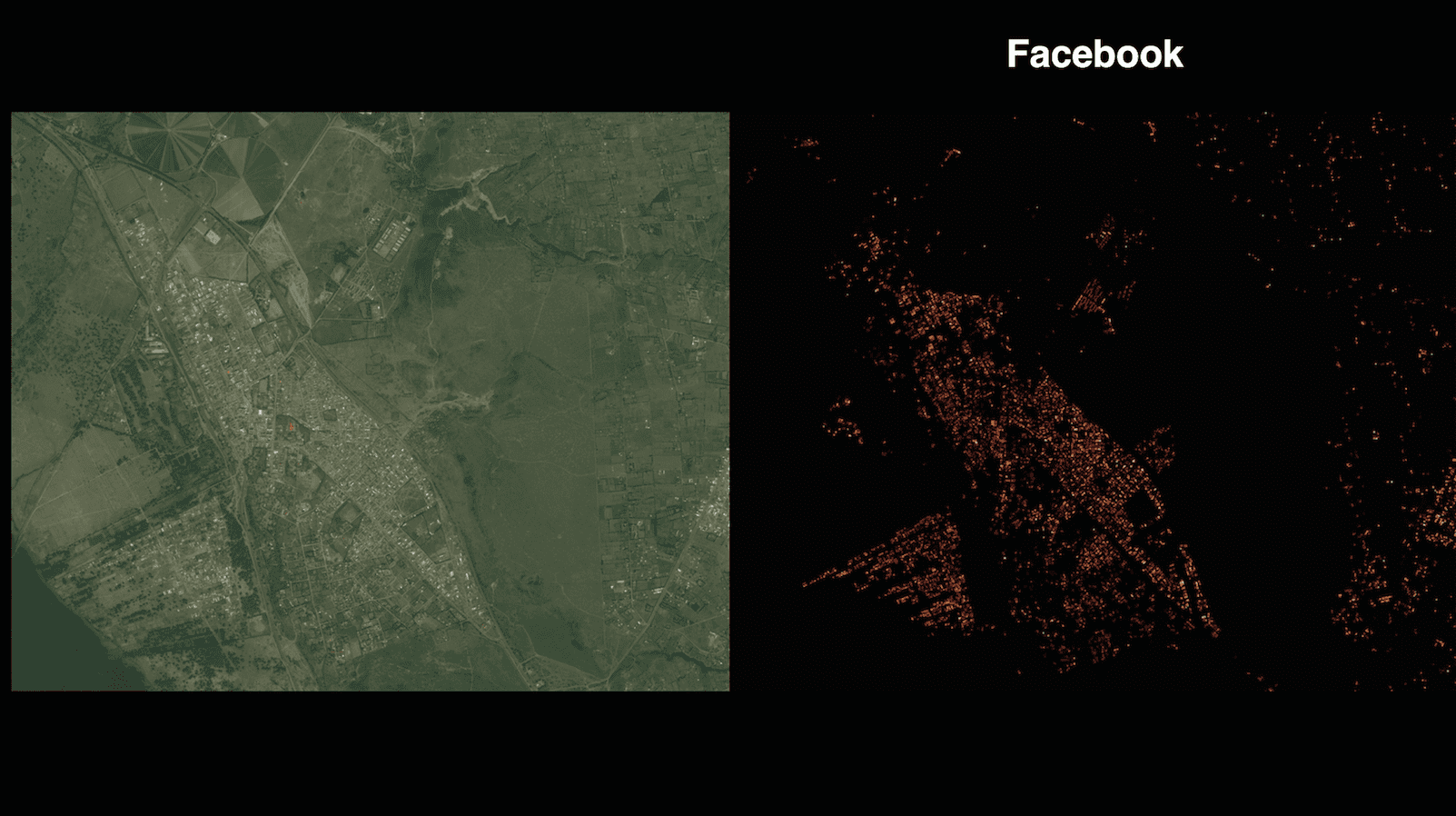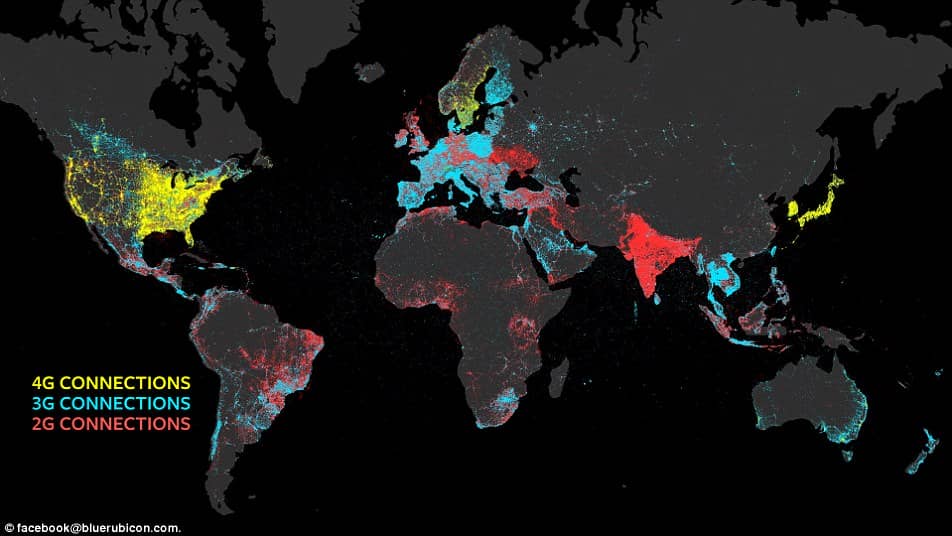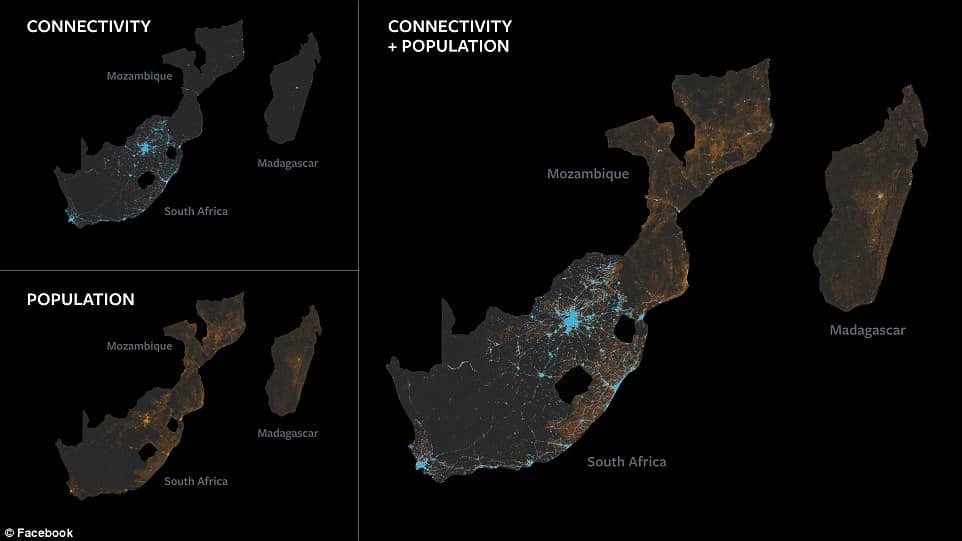Facebook has a mission to connect the entire world to a network where every person has access to the internet. They are going as far as using giant drones to provide connectivity in far off areas. Working along the same lines, Facebook is preparing to get precise population data through maps. The maps available today do not provide enough information, so the company has developed its machine learning algorithms to extract population data from high-resolution satellite images.
Jay Parikh, Facebook’s global head of engineering and infrastructure, and Yael Maguire, director and head of their Connectivity lab, provided a group of journalists with information about the process of creating the population maps.

Connectivity Lab is the technical arm of Facebook’s initiative called Internet.org that is dealing with the connectivity projects like drones, satellites, and lasers that aim to offer internet connectivity to the entire world population. The maps are developed to aid the process as they help to determine if Wi-Fi or cellular network is a better option for bringing people online.

Facebook’s data science division, infrastructure unit, machine learning, and artificial intelligence groups came together with the Connectivity Lab to develop the maps by analyzing satellite images from 20 countries spread over 21.6 million square kilometers. The 350 TB of images were analyzed using computer vision techniques, one of which is the image-recognition engine used by Facebook on its social platform. The algorithm can identify human-built structures. However, according to Facebook, they did not use any image from their social network.

The company claims that the machine learning and AI techniques,
“succeeded in identifying outlines of buildings and highlighted those for which it had high confidence while suppressing areas not likely to contain human-made structures.”
Once these techniques manage to build the structures, they are used to identify where people live and then use the census data to redistribute population data sets evenly at every location to minimize the error.

According to the company, the data will be released to the general public very soon. They will work with Columbia University’s Center for International Earth Science Information Network to create a combined population data set by the end of this year.
“We believe this data has many more impactful applications, such as socio-economic research and risk assessment for natural disasters,” mentioned Facebook in a statement.
Facebook is surely living by its promise of doing wonders!


